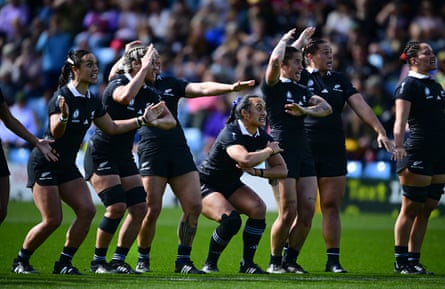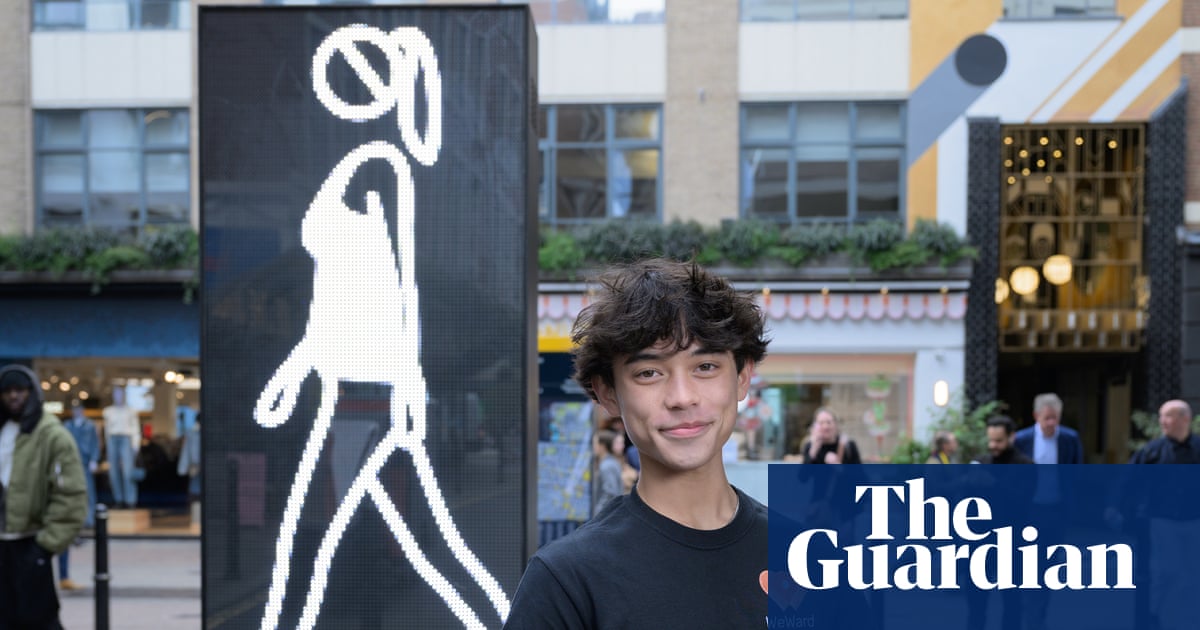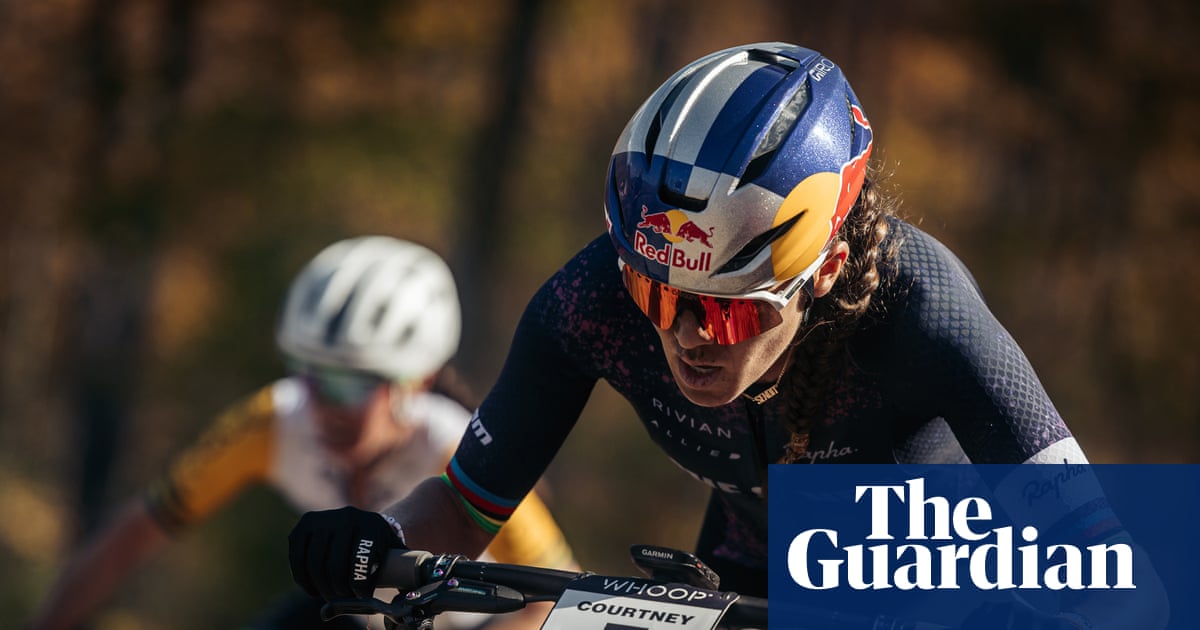The Black Ferns were slow leaving the pitch at half-time, but very quick coming back on to it once the break was over. With 40 minutes to play, the scores tied 10-10, and a spot in the semi-finals on the line, the New Zealand captain Ruahei Demant pulled her team into a huddle, while the Springboks trotted past them and in to the changing rooms at Sandy Park.
The team talk, according to player-of-the-match Kaipo Olsen-Baker, was only three letters long: “AFD” which, Olsen-Baker just stopped herself from blurting out during a live TV interview afterwards, means “all fucking day”. They scored three tries in the next seven minutes play.
The Red Roses may be the most successful team in any sport, but the question hanging over this past fortnight of the World Cup is whether they are the best in their own sport. They may be in the thick of one of the greatest winning streaks in history, with back-to-back runs of 30 consecutive victories either side of one solitary loss in six years, but, as the Black Ferns players will tell you, there are other ways to measure success than by the number of matches you have won in between the ones that matter most, or the world ranking points you totted up while doing it.
That one defeat was, of course, in the last World Cup final, when New Zealand beat them by three at Eden Park. You would guess the England players would swap a large part of the 60 wins recorded either side of it if they could change that one result.
This may be England’s tournament, but it is New Zealand’s trophy. They have won it six times out of nine, and beat the Red Roses in the knockout rounds every time. They have not lost a World Cup knockout game since 1991. You can have as many WXV titles, and one-off Test wins as you want, but you can’t call yourselves the best in the world until you’ve beaten the Black Ferns in the World Cup.
Not least because so many of New Zealand’s best players prefer to play Rugby Sevens between tournaments. Seven of their World Cup squad were busy playing on the Sevens circuit when England beat them twice last year, including two of the star turns in their starting XV, Stacey Waaka and Jorja Miller.
The steps are steep in women’s rugby, and the spaces between them as you move up the ladder of world rankings mean it can be a stretch for a lot of teams to even get close to the ones immediately above them. Which is why there have been so many one-sided games in this tournament, and also why so many teams have put all their energies into the one match they most want to win.
But up there at the top, the gap between England and the three teams behind them – France, New Zealand, Canada – isn’t as wide as you might think from looking at the recent results between them. England can afford to concentrate on XVs year-round, Canada and New Zealand have concentrated their resources on their performances in this one tournament.

South Africa pushed New Zealand harder than anyone expected in the first quarter-final, especially in the first half. Which figures. It was their World Cup final, and they had been preparing for this game for a fortnight. Their coach, Swys de Bruin, rested eight of his starting team from their final pool game against France last week, and they had come equipped with a gameplan which had been designed entirely with New Zealand’s strengths and weaknesses in mind.
after newsletter promotion
There were lessons for the coaching teams of Canada and England. South Africa didn’t give the Black Ferns an inch in the first half, when they relied on their scrum, maul and a series of inventive training-ground plays at the lineouts, which they stretched to include all 15 players in one moment, and shrank to two players in the next.
They kept it high and tight as an army barber. Their back three refused to return any of New Zealand’s kicks, which meant they were starved of chances to cut loose in broken play. England, in particular, will have noticed that New Zealand struggled to defend South Africa’s maul.
If the first half was a lesson in how to beat the Black Ferns, the second was a lesson in how they beat you. They were fast, accurate and intense, and made South Africa pay for every mistake. This New Zealand team have more in them. And they will need it to beat Canada in the semi-finals. But it’s hard to avoid the impression that if the Springboks had been watching, and waiting, for this match against the Black Ferns, the Black Ferns have been watching and waiting for that match against England in a fortnight’s time – and it doesn’t much matter who they have got to get by to do it.

 1 month ago
65
1 month ago
65

















































